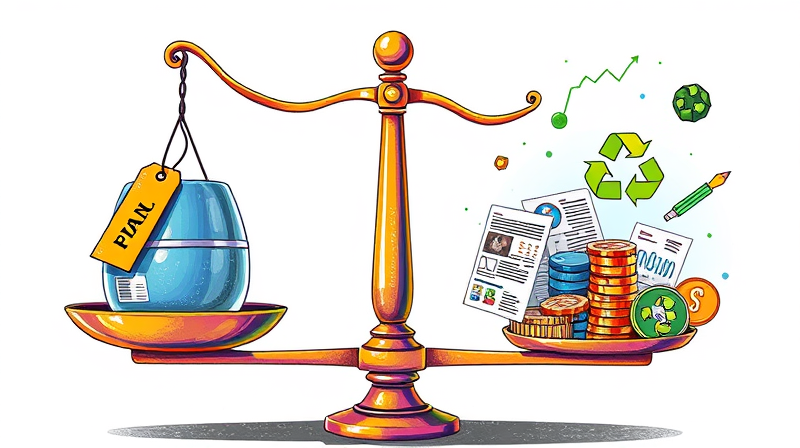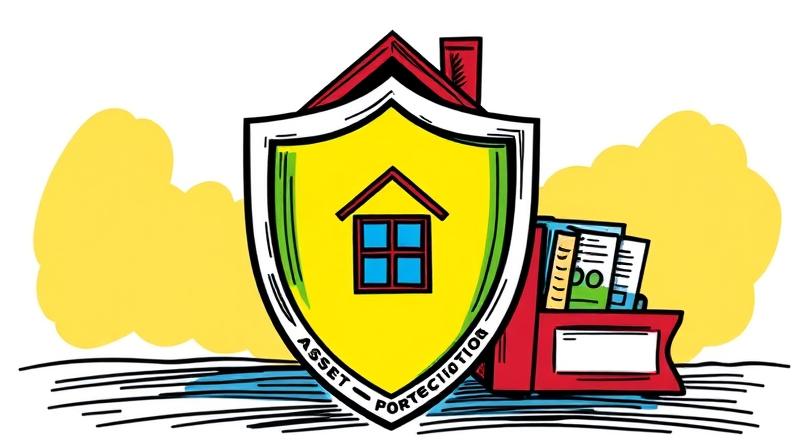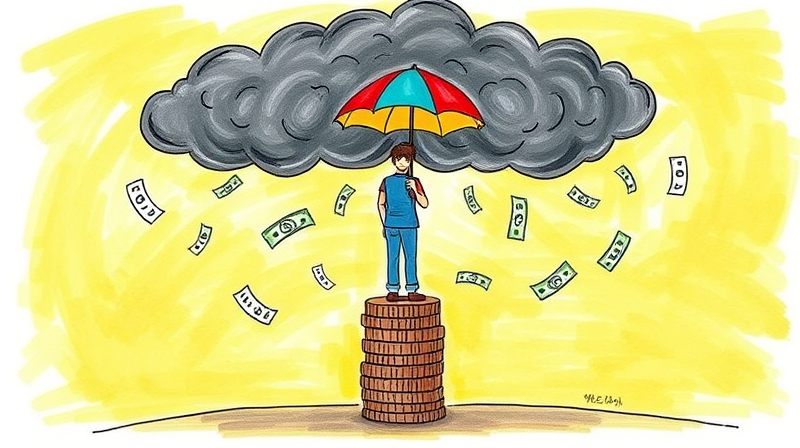
When weighing any purchase, the sticker price is just the beginning. Understanding every expense over an asset’s life can save thousands and guide smarter choices.
Total Cost of Ownership (TCO) is the sum of all direct and indirect costs associated with acquiring, operating, maintaining, and disposing of an asset. It goes beyond the visible price tag to include fees, energy, repairs, and more.
By adopting a comprehensive framework to compare products, both individuals and businesses can make decisions that unlock long-term value and avoid unexpected financial burdens.
TCO analysis breaks costs into nine essential categories. Each plays a critical role in the total investment required to own an asset over its useful life.
Real-world examples help illustrate how quickly costs accumulate over time. Consider a small office IT network and a typical midsize sedan for five-year horizons.
Small Office IT Network Example: A company installs servers, routers, and software to support daily operations. Below is a simplified cost breakdown.
Automotive Example (5-Year Ownership): A typical midsize sedan incurs multiple costs beyond the purchase price.
Combining these factors, a five-year TCO ranges from $25,000 to $35,000 for a standard sedan.
Many buyers focus on the sticker price while missing these often substantial costs:
Beyond numbers, qualitative factors influence the true cost of ownership. Reliability and performance history determine maintenance frequency and downtime risk. User satisfaction and experience affect productivity and training duration. Environmental impact can trigger additional fees or damage reputation if ignored. Finally, high-quality vendor support reduces repair time and expense.
Different sectors encounter unique TCO challenges:
Decision-makers who compare alternatives based on all-in costs over expected lifespans avoid costly surprises and select the best long-term value. Lower TCO often translates into higher ROI when including indirect and hidden expenses. Tools such as online TCO calculators for vehicles and customizable spreadsheets for IT or capital projects streamline this analysis.
Notable approaches include:
Life Cycle Costing (LCC) evaluates every expense across an asset’s useful life, often using multi-decade timeframes for large projects. Full Cost Accounting expands further by including social and environmental impacts alongside direct financial costs.
The initial purchase price is frequently just a fraction of the true, long-term cost. Failing to account for TCO can lead to poor investments, unexpected expense spikes, and lost opportunities for savings. To unlock smarter purchasing decisions:
By embracing Total Cost of Ownership, you ensure investments deliver sustainable value, minimize surprises, and optimize resources over time.
References













